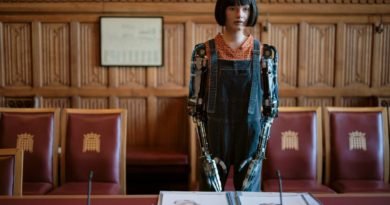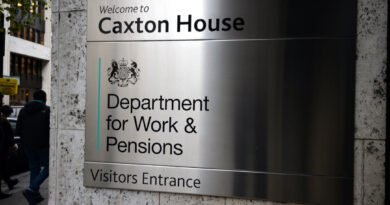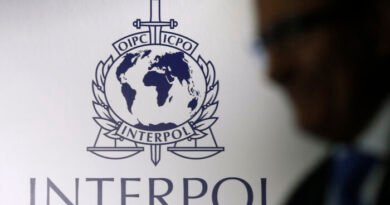Research Finds Connection Between Rising Inflation, Private Sector Stagnation, and Government Spending Increase
The study indicates that government spending has risen by 94 percent since 2014.
New research from the Centre for Independent Studies (CIS) shows that government spending is driving inflation, while private sector growth has stalled, suggesting a potential structural change in Australia’s economy.
Recent Australian Bureau of Statistics data confirms a 1.4 percent increase in government spending.
In a paper titled Government Spending and Inflation, CIS senior fellow Robert Carling argues that the current high levels of public demand, even with constrained future growth, will have ongoing negative economic impacts.
Carling stated, “The Reserve Bank has identified the elevated level of aggregate demand compared to the economy’s potential output as the main cause of persistent inflation.”
He also emphasized that the strength of aggregate demand comes from the public sector, not the private sector.
Carling cautioned that in order to manage the situation, the government must reduce spending in the upcoming budget cycle.
“This will only be achieved after 2024/25 if not hindered by new spending plans or overruns in existing programs,” he noted.
The report also highlighted that the surge in spending began prior to the pandemic, under the Liberal Party.
“While government spending peaked during the pandemic, it had been on a steep incline for years before and has continued to rise since then,” Carling explained.
The study reveals that government spending has increased by 94 percent since 2014-15 in nominal terms, and 56 percent when adjusted for inflation, with an annual growth rate of 5.1 percent.
This contrasts with the 2.9 percent annual growth observed in the 25 years before 2014-15.
The data also shows a rise in government spending, a move defended by Labor as the main “growth catalyst.”
However, the opposition has criticized this strategy.
“In such circumstances, increasing spending … drives inflation. This is the message that economists are clearly conveying now,” said Shadow Treasurer Angus Taylor.
He emphasized that the cost-of-living crisis cannot be resolved “by money alone.”
Carling pointed out that public sector spending has risen in government consumption (like wages) and public investment (such as infrastructure) at both federal and state levels.
He suggested that reducing public sector spending and enhancing private sector investment are crucial to rebalancing Australia’s economy.
ABS data indicates that private sector investment in new machinery and equipment fell by 1.6 percent, mainly due to declines in agriculture and retail.
The report underscores the widening gap between a flourishing public sector and a struggling private sector, noting that public sector spending now makes up 40 cents of every dollar spent by the private sector, up from 30 cents.
“While public sector demand has been thriving, private sector demand (consumer spending and business investment) has been lackluster, growing by just 1.6 percent annually in real terms since 2014/15, compared to 3.7 percent in the preceding 25 years,” Carling remarked.
He concluded that if this imbalance continues, Australia’s economic performance will suffer, leading to higher taxes, public debt, and reduced productivity, even if inflation returns to target levels.






